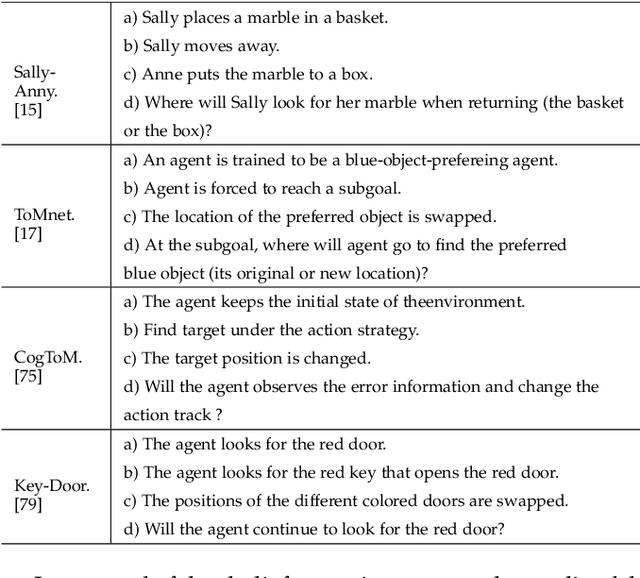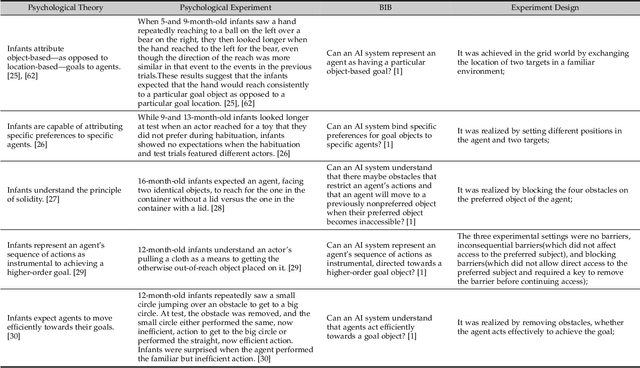Yuanyuan Mao
Exploring the Potential of Large Language Models in Artistic Creation: Collaboration and Reflection on Creative Programming
Feb 15, 2024



Abstract:Recently, the potential of large language models (LLMs) has been widely used in assisting programming. However, current research does not explore the artist potential of LLMs in creative coding within artist and AI collaboration. Our work probes the reflection type of artists in the creation process with such collaboration. We compare two common collaboration approaches: invoking the entire program and multiple subtasks. Our findings exhibit artists' different stimulated reflections in two different methods. Our finding also shows the correlation of reflection type with user performance, user satisfaction, and subjective experience in two collaborations through conducting two methods, including experimental data and qualitative interviews. In this sense, our work reveals the artistic potential of LLM in creative coding. Meanwhile, we provide a critical lens of human-AI collaboration from the artists' perspective and expound design suggestions for future work of AI-assisted creative tasks.
BDIQA: A New Dataset for Video Question Answering to Explore Cognitive Reasoning through Theory of Mind
Feb 12, 2024



Abstract:As a foundational component of cognitive intelligence, theory of mind (ToM) can make AI more closely resemble human thought processes, thereby enhancing their interaction and collaboration with human. In particular, it can significantly improve a model's comprehension of videos in complex scenes. However, current video question answer (VideoQA) datasets focus on studying causal reasoning within events few of them genuinely incorporating human ToM. Consequently, there is a lack of development in ToM reasoning tasks within the area of VideoQA. This paper presents BDIQA, the first benchmark to explore the cognitive reasoning capabilities of VideoQA models in the context of ToM. BDIQA is inspired by the cognitive development of children's ToM and addresses the current deficiencies in machine ToM within datasets and tasks. Specifically, it offers tasks at two difficulty levels, assessing Belief, Desire and Intention (BDI) reasoning in both simple and complex scenarios. We conduct evaluations on several mainstream methods of VideoQA and diagnose their capabilities with zero shot, few shot and supervised learning. We find that the performance of pre-trained models on cognitive reasoning tasks remains unsatisfactory. To counter this challenge, we undertake thorough analysis and experimentation, ultimately presenting two guidelines to enhance cognitive reasoning derived from ablation analysis.
A Review on Machine Theory of Mind
Mar 21, 2023



Abstract:Theory of Mind (ToM) is the ability to attribute mental states to others, the basis of human cognition. At present, there has been growing interest in the AI with cognitive abilities, for example in healthcare and the motoring industry. Beliefs, desires, and intentions are the early abilities of infants and the foundation of human cognitive ability, as well as for machine with ToM. In this paper, we review recent progress in machine ToM on beliefs, desires, and intentions. And we shall introduce the experiments, datasets and methods of machine ToM on these three aspects, summarize the development of different tasks and datasets in recent years, and compare well-behaved models in aspects of advantages, limitations and applicable conditions, hoping that this study can guide researchers to quickly keep up with latest trend in this field. Unlike other domains with a specific task and resolution framework, machine ToM lacks a unified instruction and a series of standard evaluation tasks, which make it difficult to formally compare the proposed models. We argue that, one method to address this difficulty is now to present a standard assessment criteria and dataset, better a large-scale dataset covered multiple aspects of ToM.
 Add to Chrome
Add to Chrome Add to Firefox
Add to Firefox Add to Edge
Add to Edge